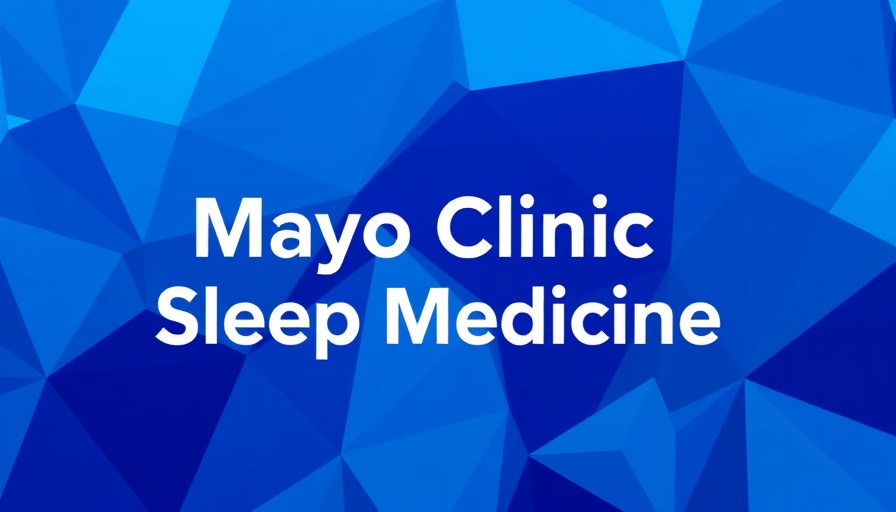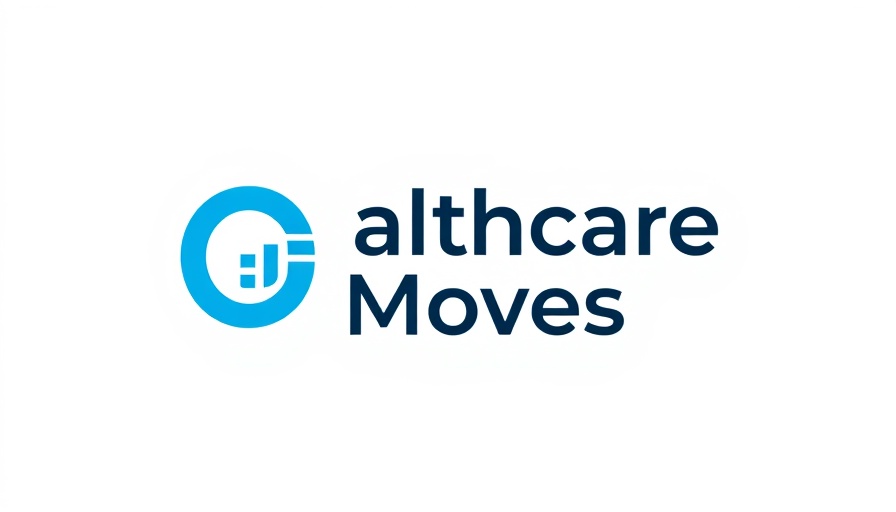
Revolutionizing Atrial Fibrillation Treatment
In the world of cardiology, innovation is key, and pulsed field ablation (PFA) has sparked significant changes in treating atrial fibrillation (AF). This technology, unlike traditional methods, employs high-voltage electrical pulses for precise tissue targeting—leading to improved safety, efficiency, and patient outcomes.
In 'How A Year’s Worth of Experience of Pulsed Field Ablation for AF Has Revolutionized My Practice', we explore the transformative effects of PFA technology on cardiac treatment, prompting an analysis of its implications.
The Safety Revolution
A major concern with traditional ablation techniques is the risk of severe complications, particularly esophageal fistulas, which have been virtually eliminated with PFA. This enhancement in safety allows electrophysiologists, like those at Mayo Clinic who have completed over a thousand procedures, to focus on what truly matters: providing care without the fear of damaging surrounding tissues.
Streamlined Procedures for Better Outcomes
Another notable benefit of PFA is its ability to expedite procedures. Electrophysiologists find that patients recover faster, often feeling well enough to eat and drink shortly after the procedure. This is especially important for older patients or those with additional health issues, where extended anesthesia could present risks.
The Expanding Role of PFA
As Dr. Abhishek Deshmukh mentioned, PFA isn't just limited to AF treatment; there's potential to use it for ventricular arrhythmias too. With ongoing advancements in electrophysiology, we can look forward to refined techniques that will address various heart conditions more effectively.
Your Health, Our Priority
With the rise of technology like PFA, we find ourselves in an exciting era for heart health. The commitment to safer and more efficient procedures not only boosts the confidence of medical professionals but also provides significant reassurances to patients seeking care. This technology represents a promising step towards a healthier future!
 Add Row
Add Row  Add
Add 




Write A Comment